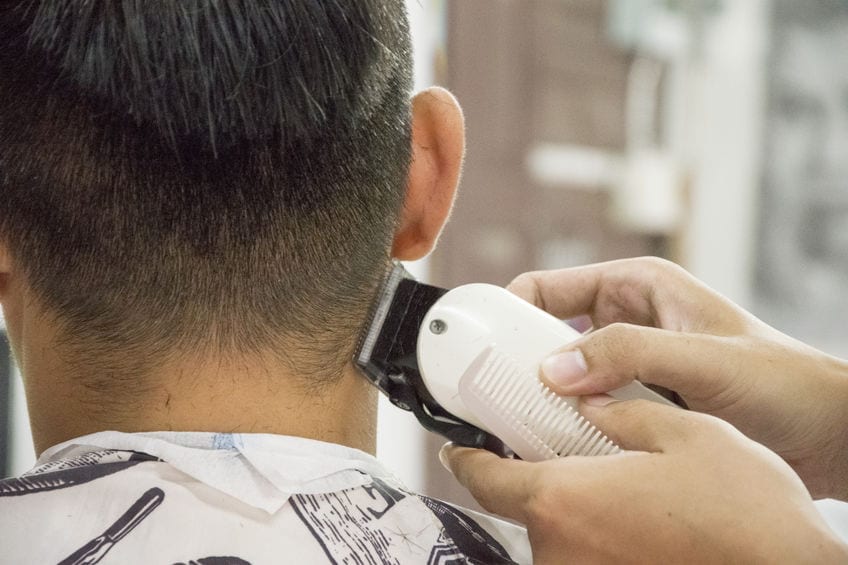
Research on Hair Removal for Pilonidal Cysts
Some of the first research on the subject
The term “pilonidal” means “nest of hair”. We know that pilonidal cysts contain loose hairs. These hairs are not “ingrown”, but instead they are hairs that fell into the gluteal crease and found their way under the skin, either by entering a midline pore or directly piercing the skin itself. Until recently there has not been much research done on what kind of hairs are in the cysts, and why one patient develops pilonidal disease and another does not. Here are some of the more recent facts found by researchers in Germany:
- Stiffer hairs have more of a tendency to get in these cysts than softer hair.
- Most of the hairs in a pilonidal cyst come from the back of the head.
- Hair on the back of the head is stiffer than the hair in the gluteal crease, possibly explaining why hair from the head is more common in cysts.
- Patients who sweat more have LESS incidence of pilonidal disease than the opposite counterparts. Wet hairs are less stiff, and this may explain why.
- Most of the hairs in a cyst are found to be short and have sharp ends and no roots.
- In spite of the usual precautions a barber takes to keep hair from from falling down a customer’s back, cut hairs are immediately found at the level of the low back after a haircut.
- I have not seen any evidence that showering is a critical time, and that it matters if you rinse your hair forward or back.
This information is all very new and suggests that the time after a haircut may be critical in the penetration of pilonidal pits by sharp, stiff hairs, and an immediate shower after a haircut is a good idea.
But, the larger question is whether there is value to shaving or other methods of hair removal to treat or prevent pilonidal disease. My opinion is that it has limited value. It may help keep the area clean, and may present fewer hair shafts to find their way into cysts, but is clearly not a global solution to pilonidal disease. Since around 75% of the hairs found in pilonidal cysts come from the back of the head, hair removal on the torso has limited value. Time is better spent researching the various types of surgery for pilonidal disease, and considering some sort of operative intervention.
If you’ve already had surgery, and are looking to prevent future problems the issues are the same. We do not generally recommend hair removal after cleft lift surgery, but if patients want to do perform some sort of hair removal we don’t recommend shaving – but rather recommend using a clipper to keep the hairs short. Laser hair removal around the buttocks is also an option, but requires multiple sessions, is expensive, is not covered by insurance, and (as mentioned above) does not address the role that hairs from the scalp play in this disease process.
Leave a reply